Finally, one store… “Convincing reasons” why it doesn’t matter if department stores disappear from Shibuya
Following the Tokyu Department Store’s Toyoko store at Shibuya Station, the Tokyu Main Store will open in 2023 January, 2023 January 31, 2023 will close on January 31, 2023. The remaining department stores in Shibuya have been operating at a loss and are being considered for sale by Seven & i. After that, the only remaining department store in Shibuya will be the Seibu Department Store Shibuya, which is being considered for sale by Sogo & Seibu due to its continuous operating losses.
The site of the former Tokyu main store is expected to be sold in 2027. In 2027, LVMH, which owns luxury brands such as Louis Vuitton The former site of the Tokyu Department Store is scheduled to be transformed into a luxury complex in 2027 in partnership with LVMH, which owns luxury brands such as Louis Vuitton, and with plans to do so, the adjacent Bunkamura Bunkamura, which is adjacent to the site, will be closed for an extended period of time starting in 2023. The adjacent Bunkamura will be closed for a long period of time starting in 2023. What will happen to Shibuya, once a center of fashion? What will Shibuya be like 10 years from now? What will Shibuya be like in 10 years’ time and is Tokyu’s strategy the right one?
As a business strategy consultant specializing in future forecasting, let me first state my conclusion: the disappearance of department stores from Shibuya may be a possible future. On the other hand, Shibuya 10 years from now may conversely become a town to look forward to. My conclusion is that there is no need to worry in the end, but I would like to summarize the past and future information surrounding Shibuya to find out why this is so.
In order to solve the mystery that Shibuya may develop more and more even if department stores disappear from Shibuya, I would like to consider it in three steps. That is.
- 1 The secret of ____ Dentetsu’s business model
- 2 _The Terminal Station Culture Theory
- 3 3_Future Vision of Shibuya
These are the steps. I would like to talk about them in order.
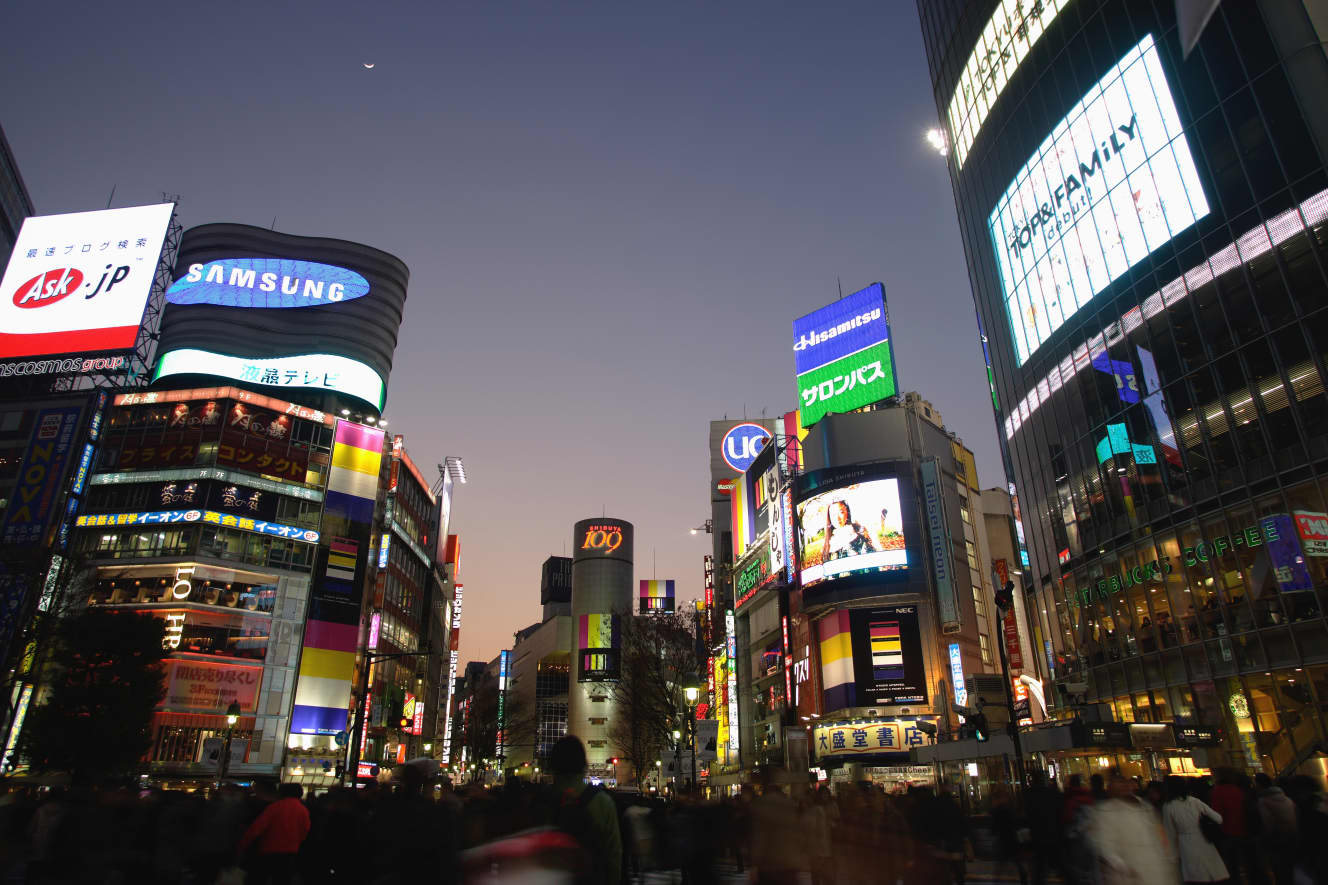
Origin] The basic business mechanism of the Dentetsu Group
Shibuya is a town developed by the Tokyu Group, a major private railway company. In fact, not only Shibuya, but also terminal stations in Tokyo and Osaka have a history of being developed by the Dentetsu Group, which was founded by entrepreneurs in the Meiji era, and therein lies the secret of its business model.
The legendary manager who led the Tokyu Group that developed Shibuya was Keita Goto. At the same time, in Kansai, Hankyu Group’s Ichizo Kobayashi was developing Japan through the electric railway business.
There is a business model unique to electric railways that they created. Private railways are public utilities, so fares must be approved by the government, and they cannot make large profits on their own. Therefore, they developed a business model that combines the real estate and retail distribution businesses to generate huge profits by developing railway lines.
Conceptually, when a railroad line is built, a large amount of land along the line is purchased so that housing can be developed. Then, department stores would be located at terminal stations, and supermarkets (a postwar development) would be operated in front of stations along the rail line. As the railroad and retail business make the rail line more convenient, people will be concentrated and housing prices will rise. This is the basic business mechanism of the Dentetsu Group. The real estate value of terminal stations is particularly important to the overall value.
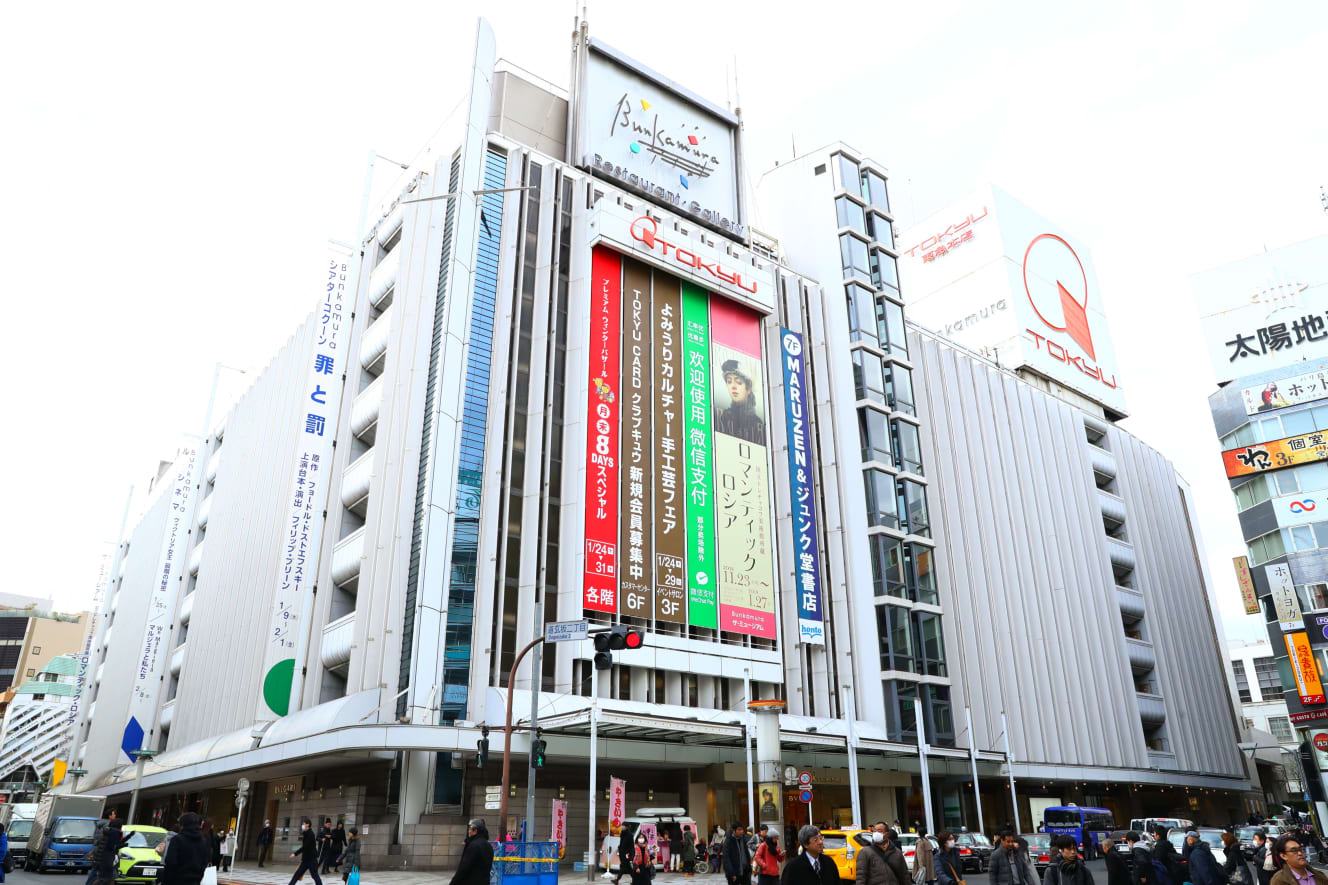
Seibu Saison Group increased the real estate value of Shibuya in the past.
In Tokyo, the main terminals were Shibuya, a Tokyu terminal station; Shinjuku, an Odakyu and Keio terminal station; Ikebukuro, a Seibu and Tobu terminal station; Ueno, a Keisei terminal station; and Shinagawa, a Keikyu terminal station, but the most successful of these was Shibuya.
The flagship of this trend became clear in the 1970s. This is the most interesting part of the story. It was the Seibu Saison Group, based in Ikebukuro, that dramatically increased the value of real estate in Shibuya.
Of course, the background of Shibuya being called the center of youth culture includes Tokyu Department Stores and commercial facilities such as Shibuya 109 and Tokyu Hands operated by the Tokyu Group, but it was the emergence of PARCO and Seibu Department Stores on Shibuya’s Park Avenue that had power comparable to that of Shibuya as a center of Shibuya culture.
The Seibu Saison Group was led by Seiji Tsutsumi, the general manager of the Seibu Saison Group, which is related to the complex human relations within the Seibu Group. Yoshiaki Tsutsumi, the third son of Yasujiro Tsutsumi, became the heir to the Seibu Railway Group, and his elder brother, Seiji Tsutsumi, headed the distribution group, but the two men often clashed as rival business leaders.
It was often said at the time that Seiji, who was also a writer, had a strong cultural personality that may have been at odds with Yoshiaki, who had a stern Yasujiro-like personality. This is also my imagination, but I think that he first tried to establish culture in the Seibu Department Store and PARCO in Ikebukuro, but halfway through, he realized that Shibuya was a faster place to nurture youth culture.
In Shibuya, a town of great value, the Seibu Saison Group first became the center of youth culture in the 1980s. The Seibu Saison Group first became the center of youth culture in the 1980s in Shibuya, a town of great value, and the Seibu Department Store, which had been a local department store in Ikebukuro, grew to become the number one department store brand in Japan based on its brand power.
This phenomenon of “a culture taking root in a city, resulting in a new concentration of young people” was originally seen in New York City in the United States. Around 1960, the Soho district was a desolate warehouse district in New York City, but artists gathered there and began working in warehouses, transforming it into one of the most fashionable areas in New York City in the 1980s. Harlem, also in New York City, was originally a dangerous slum, but has now developed into a mecca for black music.
The interesting thing is that in Japan, young people gather along the train lines as culture takes root in the terminal stations, small theaters and event spaces are established, and street sports such as three-on-three and skateboarding become popular in the parks, further expanding the youth culture. The youth culture will continue to expand. In this way, a virtuous cycle was created in which the real estate value of the terminal station rose even more as it became a cultural center. This is the mechanism that has made Shibuya the most successful terminal station in Tokyo.
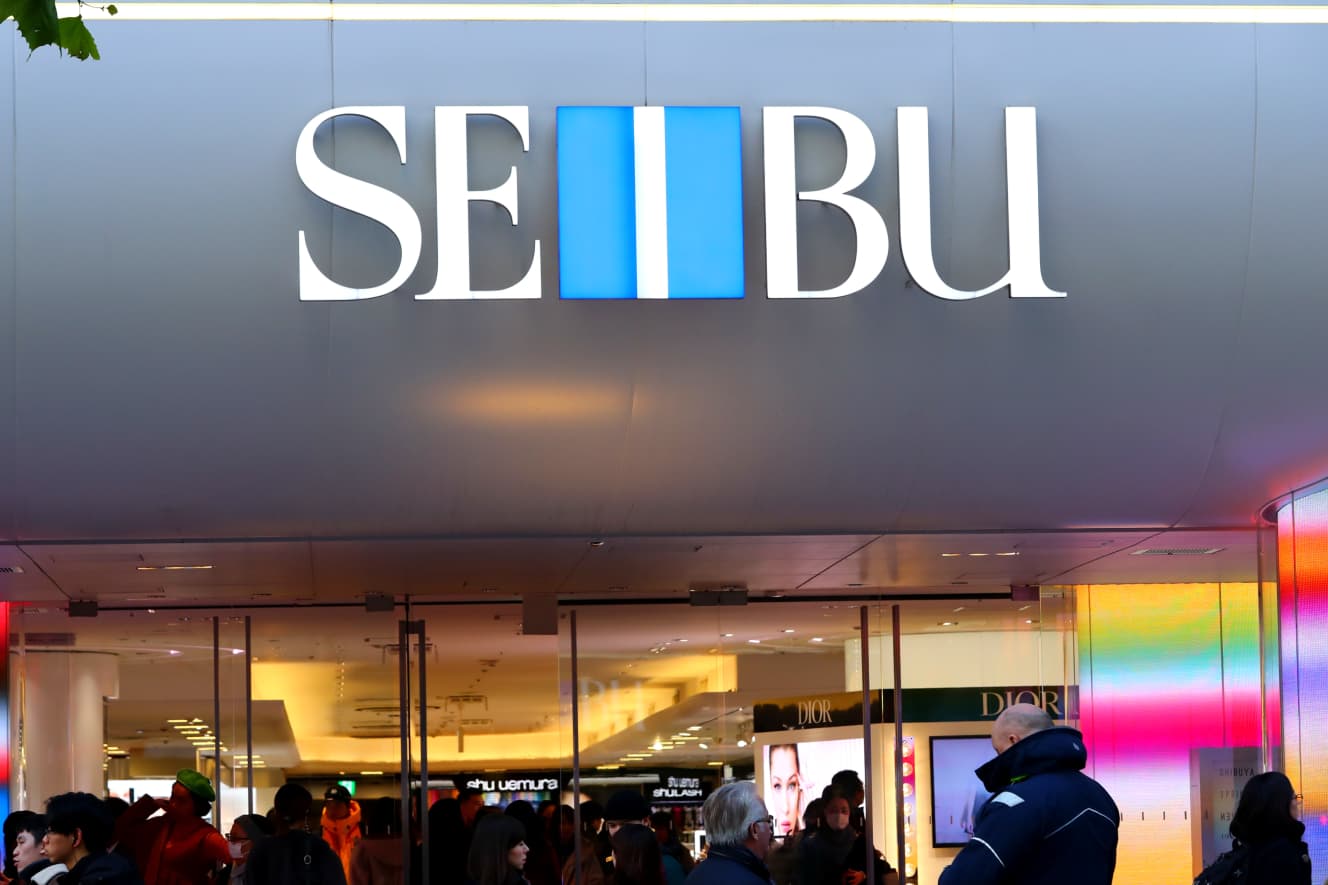
Future] Luxury hotels rather than department stores…10 Shibuya in 10 years from now
Now, let’s talk about the future. Time has passed, the young people of the 80’s will soon be 60 years old, and the number of department stores has shrunk to just one, the Seibu Department Store, but Shibuya remains a town for young people and a cultural center. However, it has been said that there is a definite disadvantage of Shibuya as a cultural center.
That is the lack of luxury hotels. However, since the beginning of the 21st century, the Tokyu Group has been building up the Shibuya area. In 2000, the Tokyu Group opened the Shibuya Mark City in the middle-class Shibuya district. In 2000, the middle-class Shibuya Excel Hotel Tokyu opened in Shibuya Mark City. In 2001, the Cerulean Tower was completed on the opposite side of downtown Shibuya, marking the first time a luxury hotel opened in the area.
The meaning of the existence of luxury hotels is an important issue for the development of the city in the 21st century. The significance of the existence of luxury hotels will be an important issue for the development of the city in the 21st century. That is inbound tourism. Youth culture has been transformed into the value of Cool Japan, and Shibuya is beginning to become a center of Cool Japan culture representing Japan along with Ginza, Akihabara, and Asakusa.
This is why we believe that the time has come for Shibuya to develop culturally in the 2020s and beyond, and why top-quality hotels are more important than electric railways. The time is coming when the emergence of a top-end hotel at the entrance to Shoto, one of the most exclusive residential areas in Japan, is more important than having a department store at the terminal station.
As I mentioned at the beginning of this article, plans are underway to transform the area around the former Tokyu Department Store into a huge complex by Tokyu and the LVMH Group. In fact, the LVMH Group’s first complex to open in Japan was Ginza Six. Think of it as the birth of a facility in the innermost part of Shibuya, with the same or even higher expectations.
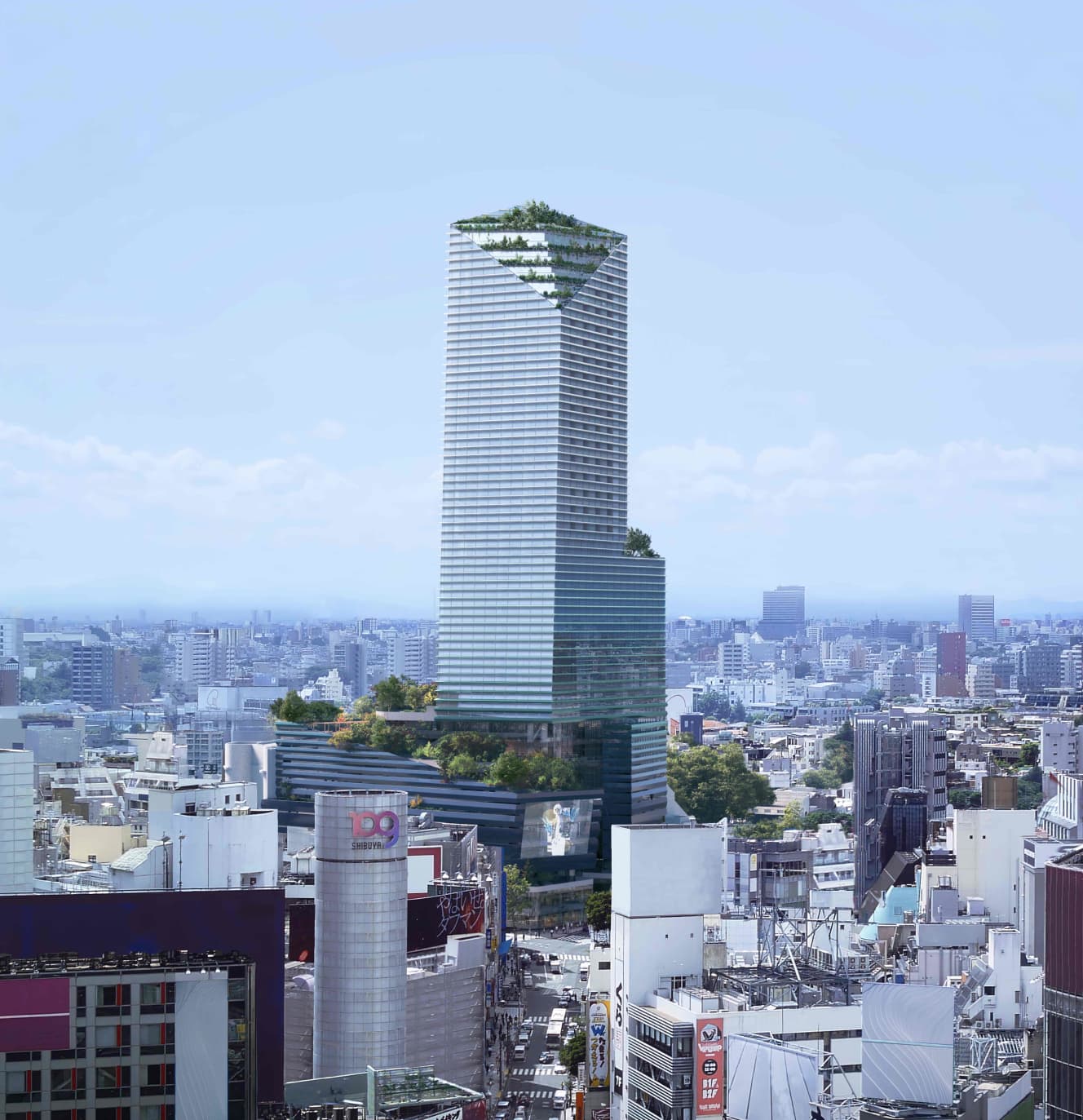
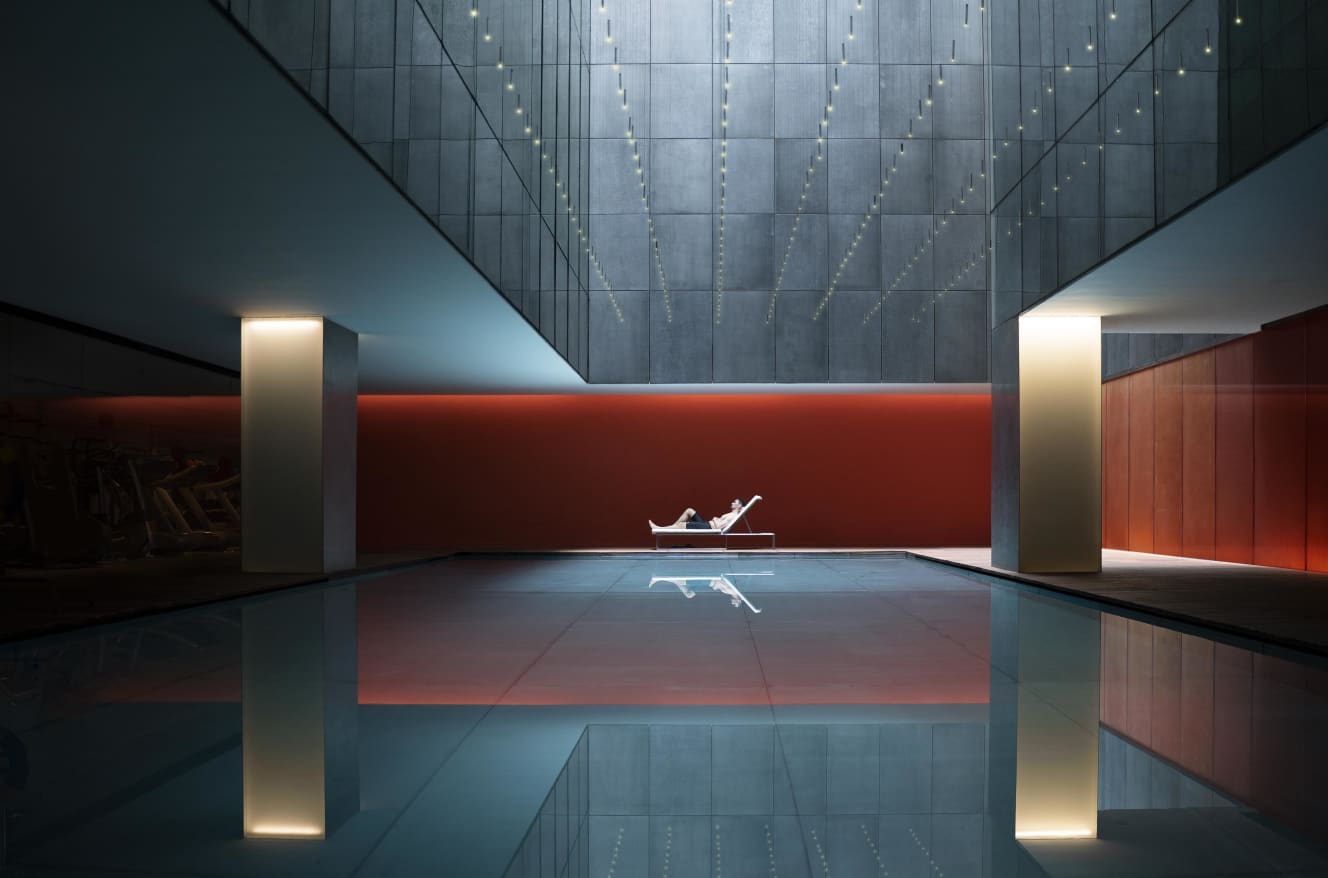
Based on this premise, let us imagine Shibuya after 2027. Let us imagine Shibuya after 2027. The reason why Shibuya, along with Ginza and Kyoto, are the first destinations for inbound foreigners to visit in this era is that the Shibuya/Harajuku area is the area where they can experience Japanese culture the most. Among them, foreign celebrities stay at the finest hotels in the most secluded areas of Shibuya and use them as a base from which to enjoy the nightlife of the Shibuya district.
In that era, the star of the town might not be a department store or a major restaurant chain, but a boutique, a restaurant, or an event space run by an individual house by house. If you are a frequent visitor to New York City, thinking of Soho will solidify your image. There is no need for a major department store there. Each individual business owner will become a bearer of the city’s culture, and a new culture will spread as a conglomeration.
When I imagine such a future, while I fear that the day may eventually come when there will be no more department stores in Shibuya, it seems to me that this will be the beginning of another increase in the economic value of the city of Shibuya.
The Japanese Economy The Book of Revival” (PHP Business Shinsho) is here.
Text by: Takahiro Suzuki
Management strategy consultant. Graduated from the University of Tokyo with a degree in engineering. After working for Boston Consulting Group and other firms, he became independent in 2003. He is an expert in business strategy and future forecasting. He is active as an economic commentator in various fields including the media. Author of "The Future of Inequality and Class" and "Job Disappearance: What We Can Do Now to Survive the Age of AI" (Kodansha), "Nihon Keizai: Book of Revival" (PHP Research Institute), "Strategic Thinking Training" series (Nikkei Publishing Inc.), and others. The latter is a bestseller with a cumulative total of over 200,000 minutes.
